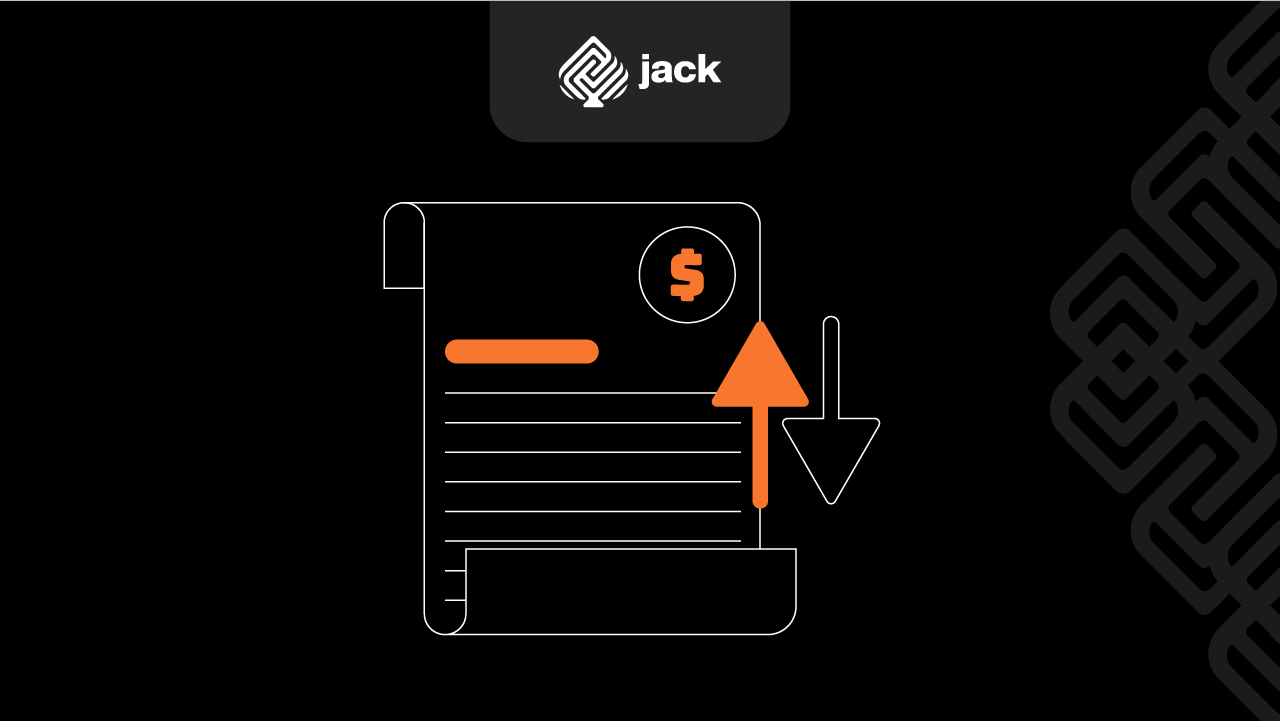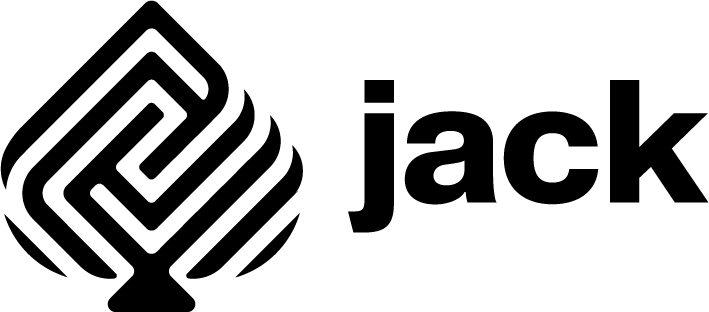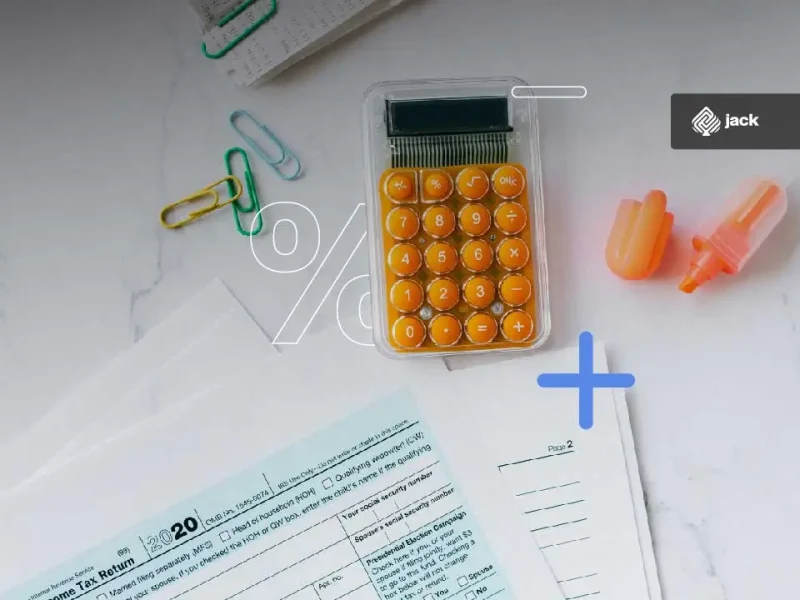Calculating the cost of goods sold (COGS) is one of the most important yet often overlooked steps in running a business. Without a solid understanding of COGS, you may struggle to set the right product prices and manage your profit margins. In this article, we’ll discuss how to calculate cost of goods sold accurately and why it’s crucial for the success of your business.
Also Read: How to Choose the Best Virtual Credit Card Services
What is Cost of Goods Sold (COGS)?
COGS is the expense incurred to produce the goods or services sold within a specific period. This includes everything required in the production process, from raw materials to other operational costs. Knowing how to calculate COGS helps you understand how much you need to cover in order to keep your business profitable.
For example, if you run a food business, COGS includes the cost of ingredients such as flour, sugar, or other materials. The electricity used for cooking or other operational costs are also part of COGS.
Why is COGS Important?

Understanding COGS provides major advantages in various aspects of your business. Here are some reasons why COGS is so important:
1. Determining the Right Selling Price
Without knowing COGS, it’s challenging to set a fair selling price. If your selling price is too low and doesn’t cover COGS, you will face losses. On the other hand, if your price is too high, customers may be reluctant to buy your product.
2. Assessing Business Financial Health
COGS is also a key indicator of your business’s operational efficiency. If COGS is too high, it could indicate waste or inefficiencies in the production process. On the other hand, if COGS is well-managed, you will achieve higher profit margins.
3. Helping You Formulate Business Strategies
Knowing COGS allows you to make better decisions regarding product pricing and cost management strategies. This is crucial when planning future business steps.
How to Accurately Calculate Cost of Goods Sold

To calculate COGS correctly, you need to understand several key components. Here are the steps for accurately calculating COGS:
1. Beginning Inventory
Beginning inventory refers to the value of raw materials or goods you have at the start of the period. For example, this could be the stock of materials in your warehouse at the beginning of the month before production starts. This component is important because it affects the total cost that needs to be calculated.
2. Net Purchases
Net purchases are the total costs spent on buying raw materials or goods, after deducting returns and discounts. These purchases add to your inventory and must be calculated accurately to get an accurate COGS.
3. Ending Inventory
Ending inventory is the value of raw materials or goods remaining at the end of the period. This number will reduce the production costs calculated from the total inventory and net purchases.
COGS Calculation Formula
To calculate COGS, you can use the following formula:
COGS = (Beginning Inventory + Net Purchases) - Ending Inventory
This formula gives you a clear picture of how much it costs to produce goods ready for sale.
Spend with Flexibility, Anywhere with Jack
Example of COGS Calculation
Let’s calculate COGS with an example from a food business, like a boxed meal service. Here’s the breakdown:
- Beginning inventory of raw materials: Rp2,500,000
- Net purchases during the month: Rp7,500,000
- Ending inventory (remaining materials): Rp1,500,000
Using the formula above, we can calculate COGS:
COGS = (2,500,000 + 7,500,000) - 1,500,000 = Rp8,500,000
If the business produces 500 portions of boxed meals, the production cost per portion would be:
Cost per portion = Rp8,500,000 ÷ 500 = Rp17,000
Knowing the production cost per portion helps you set the right selling price to ensure profitability.
Smart Strategies to Optimize COGS

Understanding how to calculate COGS is just the first step. Next, you need to manage COGS to make it more efficient. Here are some tips for optimizing COGS:
1. Choose the Right Suppliers
Finding suppliers who can provide quality raw materials at competitive prices is crucial to reducing COGS. Don’t just look for the cheapest option—ensure the materials meet your quality standards to avoid disappointing customers.
2. Manage Inventory Efficiently
Good inventory management helps reduce costs. Too much stock increases storage costs, while too little stock can halt production. Use inventory management systems like Just-In-Time (JIT) to avoid waste.
3. Use Technology to Track COGS
Many accounting applications can help you monitor COGS automatically and provide more accurate reports. Using technology makes it easier to analyze data and make quicker decisions.
4. Conduct Regular Evaluations
Don’t just calculate COGS once. Conduct regular evaluations to identify opportunities to cut costs. Review your production process to see if any part of it can be improved for better efficiency.
Also read: Corporate Credit Card: Definition, Types, Benefits, and How Cards Work for Startups
Challenges in Managing COGS

Although essential, managing COGS is not always easy. Here are some common challenges faced by business owners:
1. Fluctuating Raw Material Prices
Changing raw material prices can significantly impact COGS. Have strategies in place to cope with this, such as buying in bulk when prices are low.
2. Waste in the Production Process
Waste, whether time or labor inefficiencies, increases costs and raises COGS. The solution is to monitor and optimize every part of your production process for better efficiency.
3. Poor Inventory Management
If inventory is not properly managed, waste or shortages can occur. Excess stock increases storage costs, while stock shortages can stop production. Therefore, it’s important to maintain a balance in inventory management.
Use Jack for Your Business Needs
Calculating COGS is a vital step in managing your business. By understanding and calculating COGS accurately, you can set the right prices, manage costs more efficiently, and increase profitability. Don’t underestimate the importance of this calculation, as it lays the foundation for your business’s success.
Start regularly tracking your COGS, leverage technology to assist in the process, and continuously evaluate each part of your business to find more efficient ways. This will bring you closer to achieving higher profits and business success.






